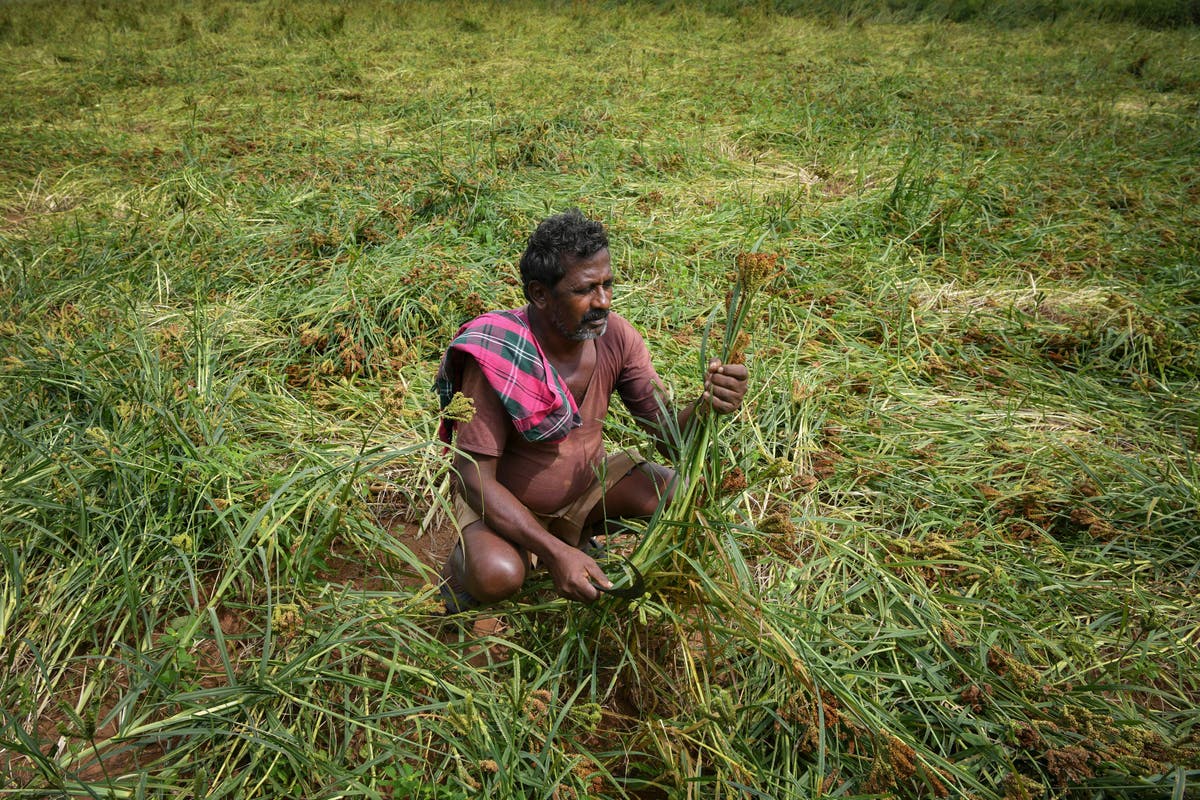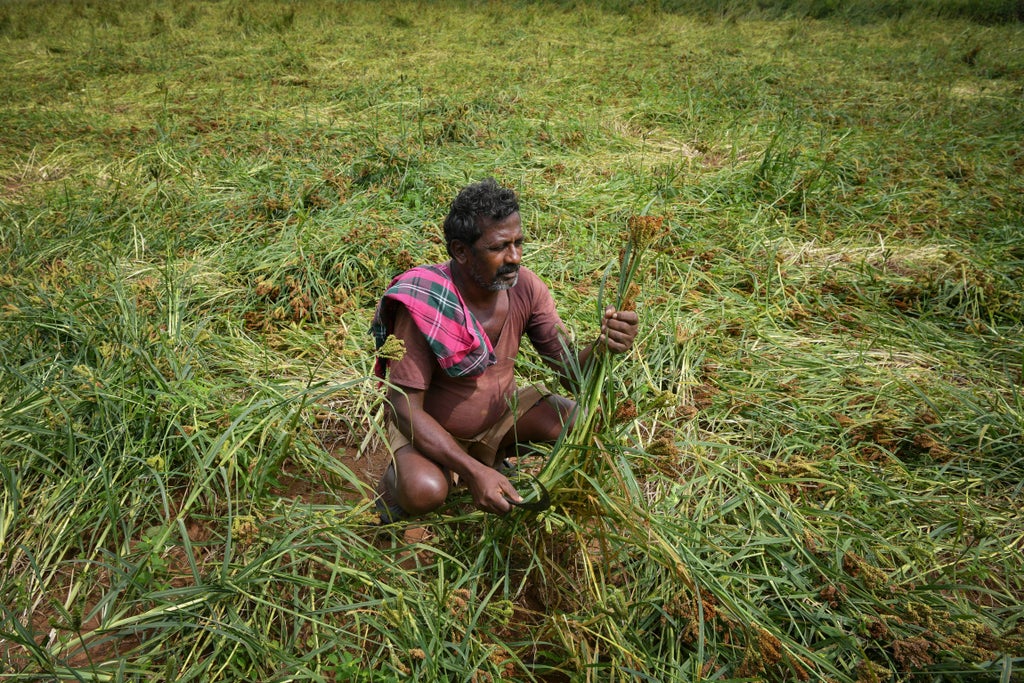Water scarcity is expected to increase in over 80 per cent of the world’s agricultural lands by mid-century, a new study warns.
The research, published last week in the journal Earth’s Future, assessed current and future water requirements for global agriculture and predicted whether the water levels available from rainwater or irrigation would be sufficient to meet those needs under the ongoing climate crisis.
For the study, scientists including those from the Chinese Academy of Sciences in Beijing, developed a new index for two major sources of water for agriculture: soil water that comes from rain, called green water, and blue water which is via irrigation from rivers, lakes, and groundwater.
Using this index, they predicted the global blue and green water scarcity as a result of climate change.
“As the largest user of both blue and green water resources, agricultural production is faced with unprecedented challenges,” study co-author Xingcai Liu from the Chinese Academy of Sciences, said in a statement.
“This index enables an assessment of agricultural water scarcity in both rainfed and irrigated croplands in a consistent manner,” Dr Liu said.
The demand for water has grown twice as fast as the human population over the last century, with water scarcity currently presenting a major threat to food security.
However, scientists say most water scarcity models do not comprehensively look at both blue and green water.
They say the amount of green water available for crops is dependent on how much rainfall an area receives, and how much of this water is lost due to runoff and evaporation.
With the climate crisis affecting temperature and rainfall patterns across the globe, and farming practices also intensifying to meet the demands of a rapidly growing population, researchers say the green water available to crops will change.
The study warns that under climate change, global agricultural water scarcity could worsen in up to 84 per cent of croplands, with a loss of water supplies driving scarcity in about 60 per cent of those lands.
Green water availability changes due to global warming-induced shifts in rainfall and evaporation patterns could impact about 16 per cent of global croplands, researchers say.
These findings, scientists believe could have implications for agricultural water management.
Citing examples they say Northeast China and the Sahel in Africa could receive more rain that may alleviate agricultural water scarcity while predictions of reduced precipitation in the midwestern US, and northwest India mean more irrigation may be needed to support intense farming in these regions.
Researchers recommended some practices to conserve agricultural water as and when needed such as mulching to reduce evaporation from the soil, and no-till farming to facilitate better infiltration of water into the ground.
They also suggested adjusting the timing of crop plantings to better align their growth with changing rainfall patterns.
“Our study highlights the important role of green water for agriculture water management and is expected to provide useful information for agricultural adaptation to future climate change,” scientists wrote in the study.







More Stories
New vaccine may hold key to preventing Alzheimer’s, scientists say
Just 1% of pathogens released from Earth’s melting ice may wreak havoc
Europe weather: How heatwaves could forever change summer holidays abroad